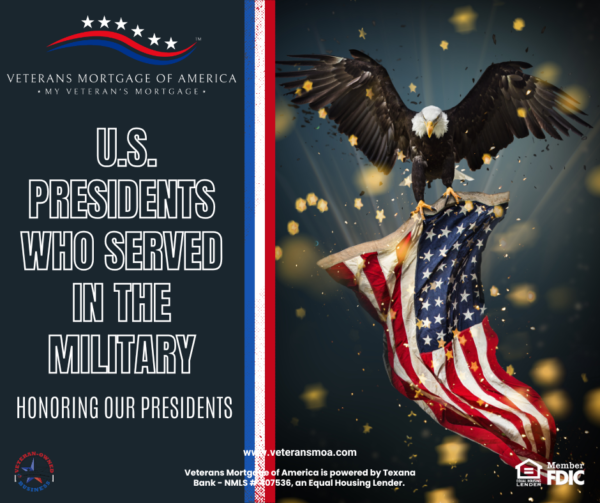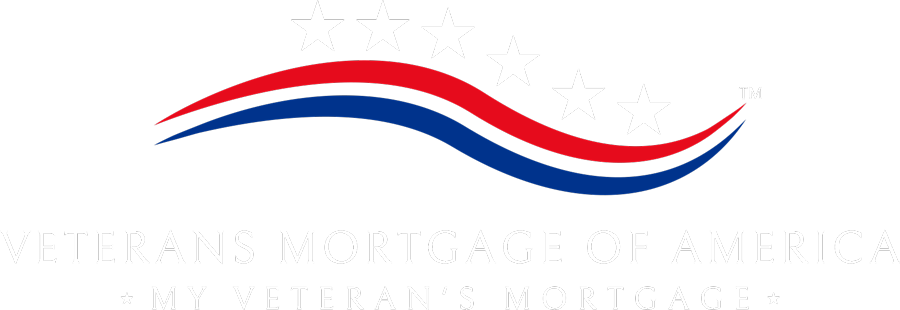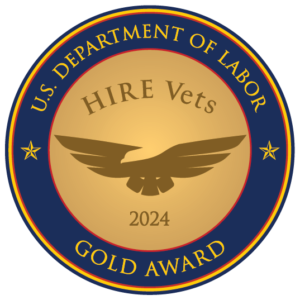
As we celebrate Presidents Day, we honor not only the leaders who shaped our nation but also those who served in uniform before taking the highest office. These 31 Presidents came from different backgrounds, political ideologies, and experiences, yet they all shared a common bond—a commitment to serving their country both in war and in peace.
Their time in the military shaped their leadership styles, strengthened their resilience, and provided them with firsthand knowledge of the sacrifices made by service members. From battlefields to the Oval Office, their service left a lasting impact on our nation.
Revolutionary War Veterans
George Washington (1789-1797) – Commander of the Continental Army, led the colonies to victory against the British.
James Monroe (1817-1825) – Fought under Washington, wounded at the Battle of Trenton.
Andrew Jackson (1829-1837) – Served in the militia as a young courier during the war, later became a Major General—hero of the War of 1812.
War of 1812 & Early 19th Century Military Leaders
William Henry Harrison (1841) – Gained fame for his leadership in the Battle of Tippecanoe.
John Tyler (1841-1845) – Served in the Virginia Militia during the War of 1812.
Zachary Taylor (1849-1850) – A hero of the War of 1812 and later led U.S. forces in the Mexican-American War.
James Buchanan (1857-1861) – Enlisted in the Pennsylvania Militia, though he saw little combat.
Mexican-American War Veterans
Franklin Pierce (1853-1857) – A Brigadier General in the Mexican-American War.
Abraham Lincoln (1861-1865) – Served briefly as a captain in the Illinois Militia during the Black Hawk War.
Civil War Veterans
Andrew Johnson (1865-1869) – Served as military governor of Tennessee during the war.
Ulysses S. Grant (1869-1877) – Union General who led the North to victory and later became the 18th President.
Rutherford B. Hayes (1877-1881) – Fought in numerous battles and was wounded five times.
James A. Garfield (1881) – Rose to the rank of Major General in the Union Army.
Chester A. Arthur (1881-1885) – Served as Quartermaster General in the New York Militia.
Benjamin Harrison (1889-1893) – Led a regiment of Indiana volunteers in the Civil War and was promoted to Brigadier General.
Spanish-American War & Early 20th Century Service
William McKinley (1897-1901) – Served in the Union Army during the Civil War, reaching the rank of Major.
Theodore Roosevelt (1901-1909) – Organized and led the Rough Riders in the Spanish-American War.
Harry S. Truman (1945-1953) – Fought in World War I as an artillery officer in France.
World War I Veterans
Dwight D. Eisenhower (1953-1961) – Served stateside during World War I but later became Supreme Allied Commander in WWII.
John F. Kennedy (1961-1963) – Commanded PT-109 in the Pacific, saving his crew after their boat was destroyed.
Lyndon B. Johnson (1963-1969) – Served in the U.S. Navy, awarded the Silver Star.
Richard Nixon (1969-1974) – Served as a Navy lieutenant commander in the Pacific.
Gerald Ford (1974-1977) – Served in the U.S. Navy during World War II, participating in Pacific battles.
George H.W. Bush (1989-1993) – A decorated Navy pilot, shot down over the Pacific in WWII.
World War II Veterans & Beyond
Jimmy Carter (1977-1981) – A Naval Academy graduate, served in the Navy’s submarine program.
Ronald Reagan (1981-1989) – Served in the Army Air Corps making training films during WWII.
George W. Bush (2001-2009) – Served in the Texas Air National Guard as a pilot.
Honorable Mentions: Non-Combat Service
Thomas Jefferson (1801-1809) – Served as Governor of Virginia, overseeing state militias.
James Madison (1812-1817) – Commander-in-Chief during the War of 1812, briefly took up arms during the British attack on Washington.
James Polk (1845-1849) – Served in the Tennessee State Militia.
Millard Fillmore (1850-1853) – Served in the New York State Militia during peacetime.
Honoring Their Legacy
These Presidents carried the values of service, sacrifice, and duty into their leadership. Their military experiences influenced their policies and decision-making, demonstrating a deep understanding of the challenges faced by those in uniform.
While they represented different political parties and held differing views on governance, the one thing they all shared was their unwavering dedication to serving the United States—both in uniform and in the White House. Their commitment reminds us that leadership is not just about politics, but about putting our country first.
This Presidents Day, we honor all who have held our nation’s highest office—leaders who have shaped our country through their vision, dedication, and service. While we especially recognize those who wore the uniform, we also pay tribute to every President who has guided our nation through times of challenge and change. Their leadership, whether forged on the battlefield or in the halls of government, is a testament to the strength and resilience of the United States.
Written by Kimberly Wilson, Military Spouse





